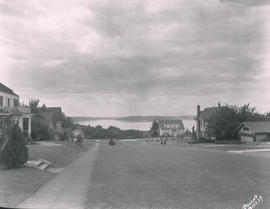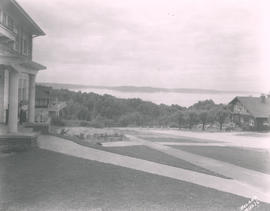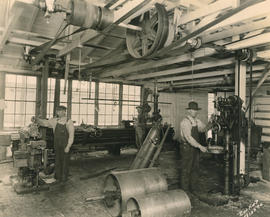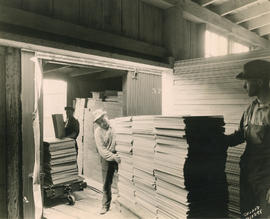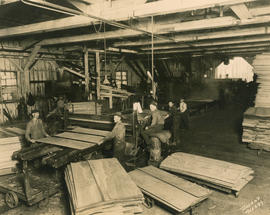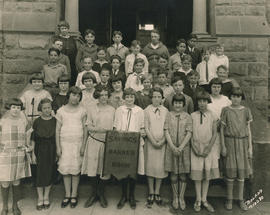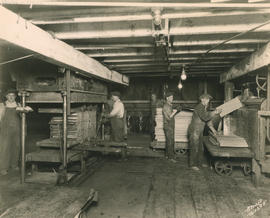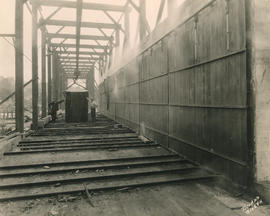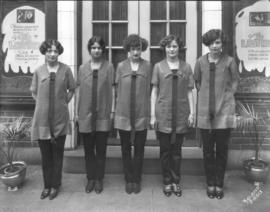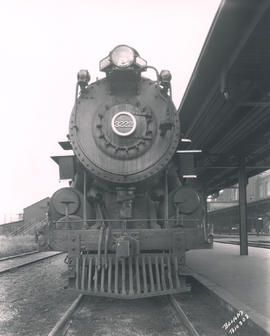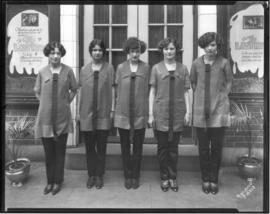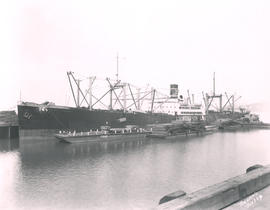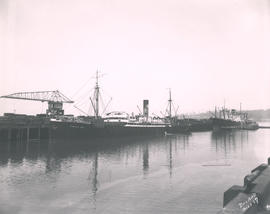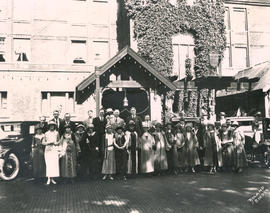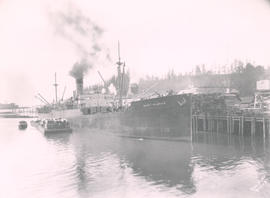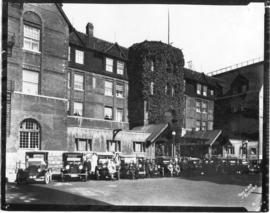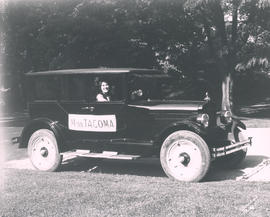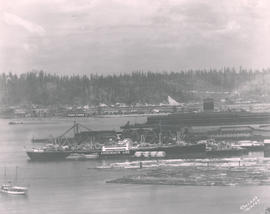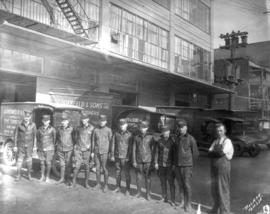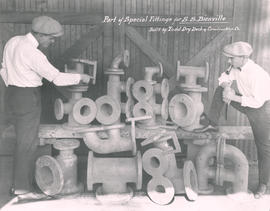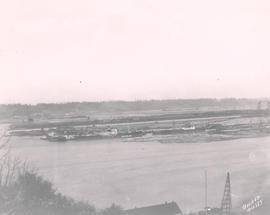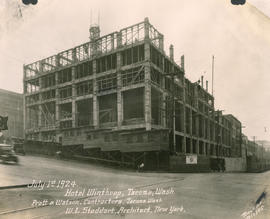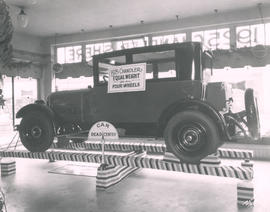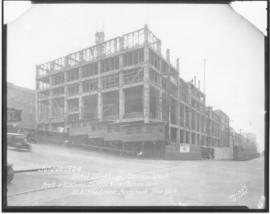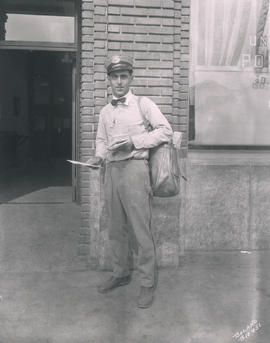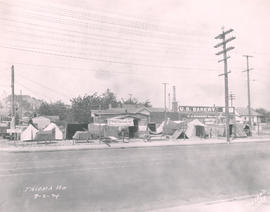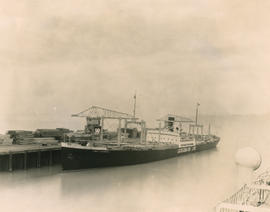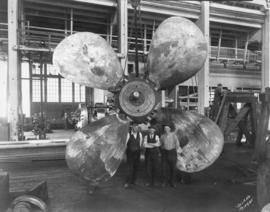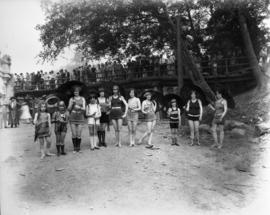On Independence Day, 1924, it was a brave new world, and these Tacoma jazz babies showed off more than just their knees in their daring bathing suits and rolled down stockings. With parasols to shade them from the sun, these bathing beauties, of all ages, smiled coyly for the camera and showed off their bobbed hair, and bare arms and legs, as they took part in the Tacoma Yacht Club Bathing Girl Review at Point Defiance. Shocked, admiring, and amazed bystanders looked on from the bridge beyond. Grace Copeland, right, was chosen Tacoma's most beautiful bathing beauty in her light blue woolen bathing costume. Her court of 10 was also selected from the 32 contestants. They were, in no order, Honey Mathews, Jayne Hall, Gretchen Carlson, Hazel Free, Elsie Mason, Frances Park, Dorothy Shepherd, Alice Jones, Gwendolyn Baker and Lois Desilts. Tacoma was riding the crest of fashion as the fledgling Miss America contest in Atlantic City (then called the Inter-City Beauties Contest) had first allowed one piece swimsuits with stockings rolled down or no stockings at all in their Bather's Revue in 1922, just two years before this contest in Tacoma. The controversial and risque contest allowed each contestant's conscience to govern their bathing fashion style. (TNT 7/5/1924, pg. 7) G41.1-066 TPL-1535
Bathing beauties--1920-1930; Bathing suits--1920-1930; Tacoma Yacht Club (Tacoma); Copeland, Grace;
